Defence & security intelligence analysts Jane’s reported that North Korea likely had preliminary testing it’s nuclear reactors at the Yongbyon research facility. That came weeks ahead of the planned meeting between North Korean Leader Kim Jong-un and South Korean President Moon Jae-in next month. There will also be a planned meeting between Kim and US President Donald Trump in May.
But it should be noted that the analysis was based on an imagery from February 25. Jane’s noted:-
- Satellite imagery suggests that preliminary testing of North Korea’s experimental light water reactor (ELWR) at Yongbyon may have begun.
- Signatures of testing in late February follow logically from numerous indicators of increased activity at the ELWR that were visible throughout 2017, although reactor criticality is only likely to occur later in 2018 or in 2019.
- The ELWR was built and optimized for electricity production, but has ‘dual-use’ potential and can be modified to produce fissile material for nuclear weapons.




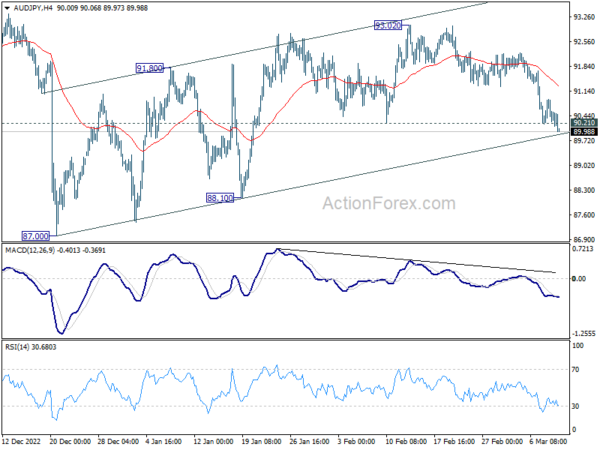
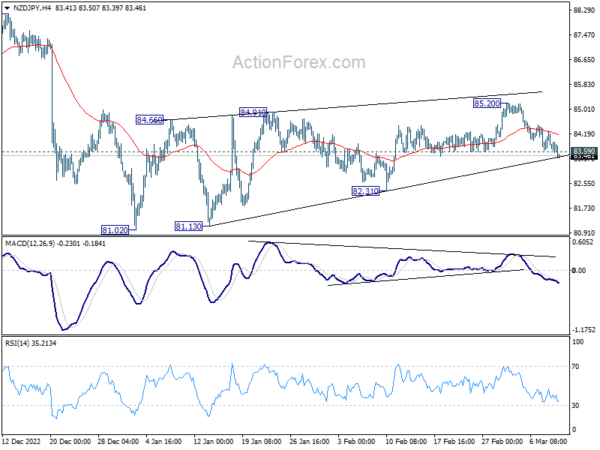
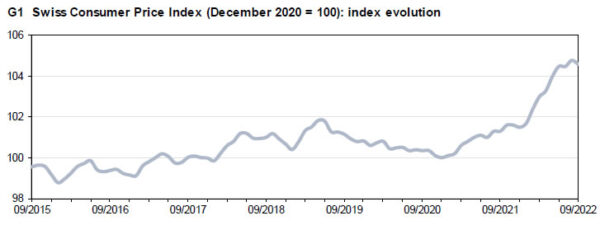
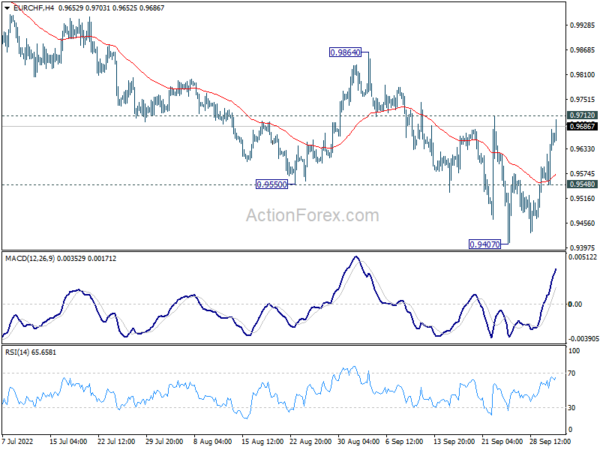
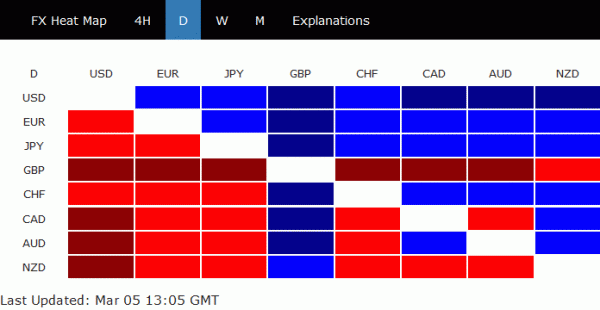
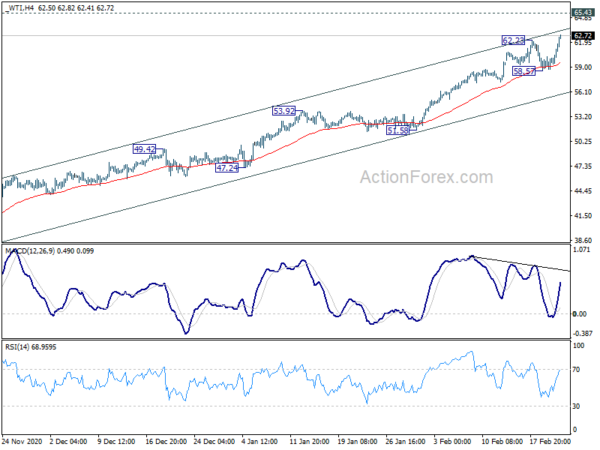
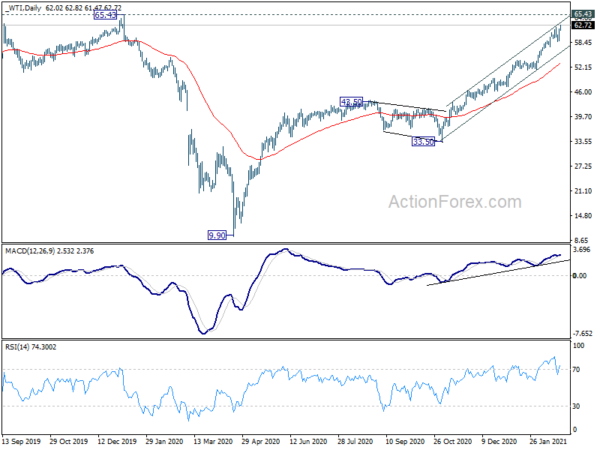
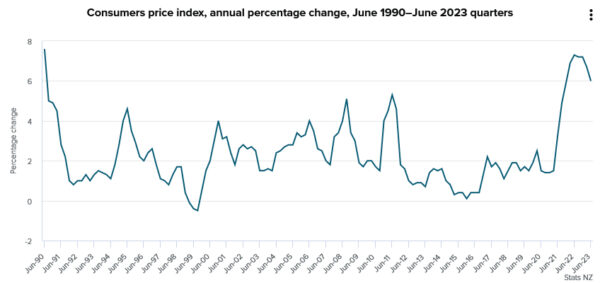
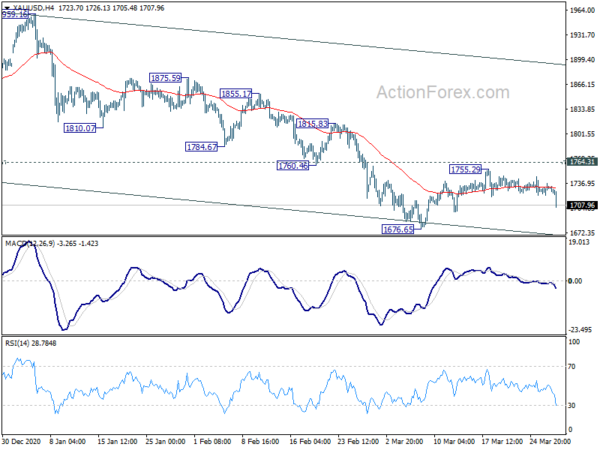
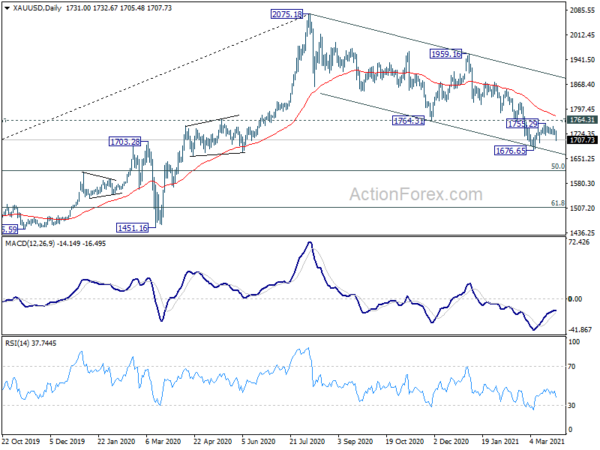
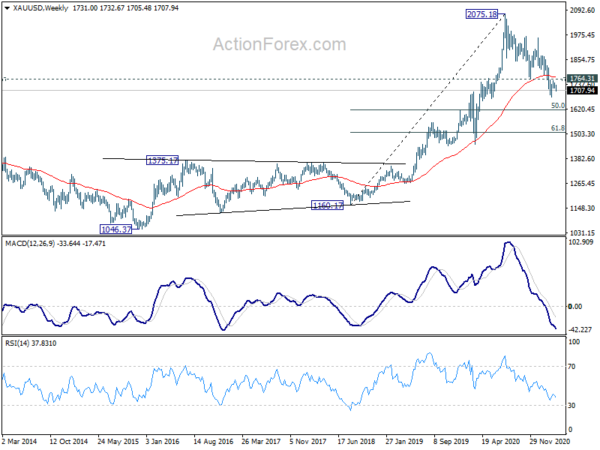
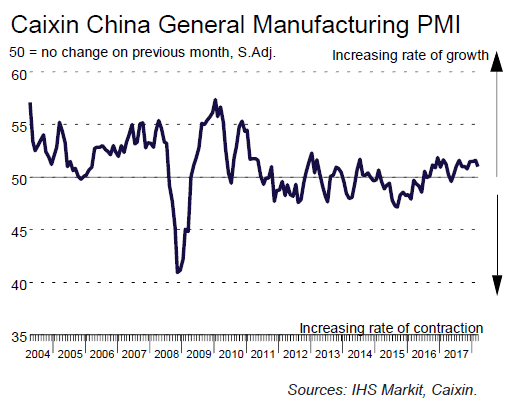
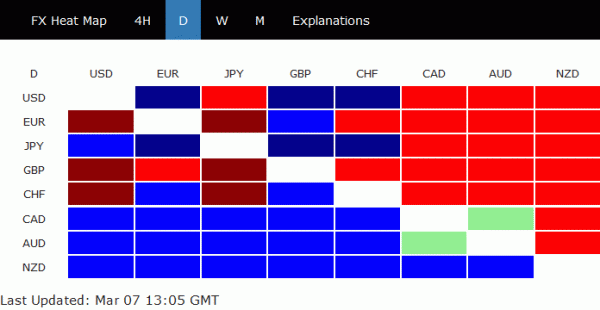

Canada retail sales dropped -0.1%, ex-auto sales dropped -0.2%
Canada retail sales dropped -0.1% mom in August to CAD 51.5B, below expectation of 0.4% mom. Ex-auto sales dropped -0.2% mom, above expectation of -0.3% mom. Sales were down in six sectors, representing 51% of total retail trade.
Retail sales in Ontario dipped -0.8%. In Manitoba (-1.6%) retail sales were down for the first time in three months. Sales rebounded in British Columbia (+0.8%) and New Brunswick (+3.8%).
Full release here.